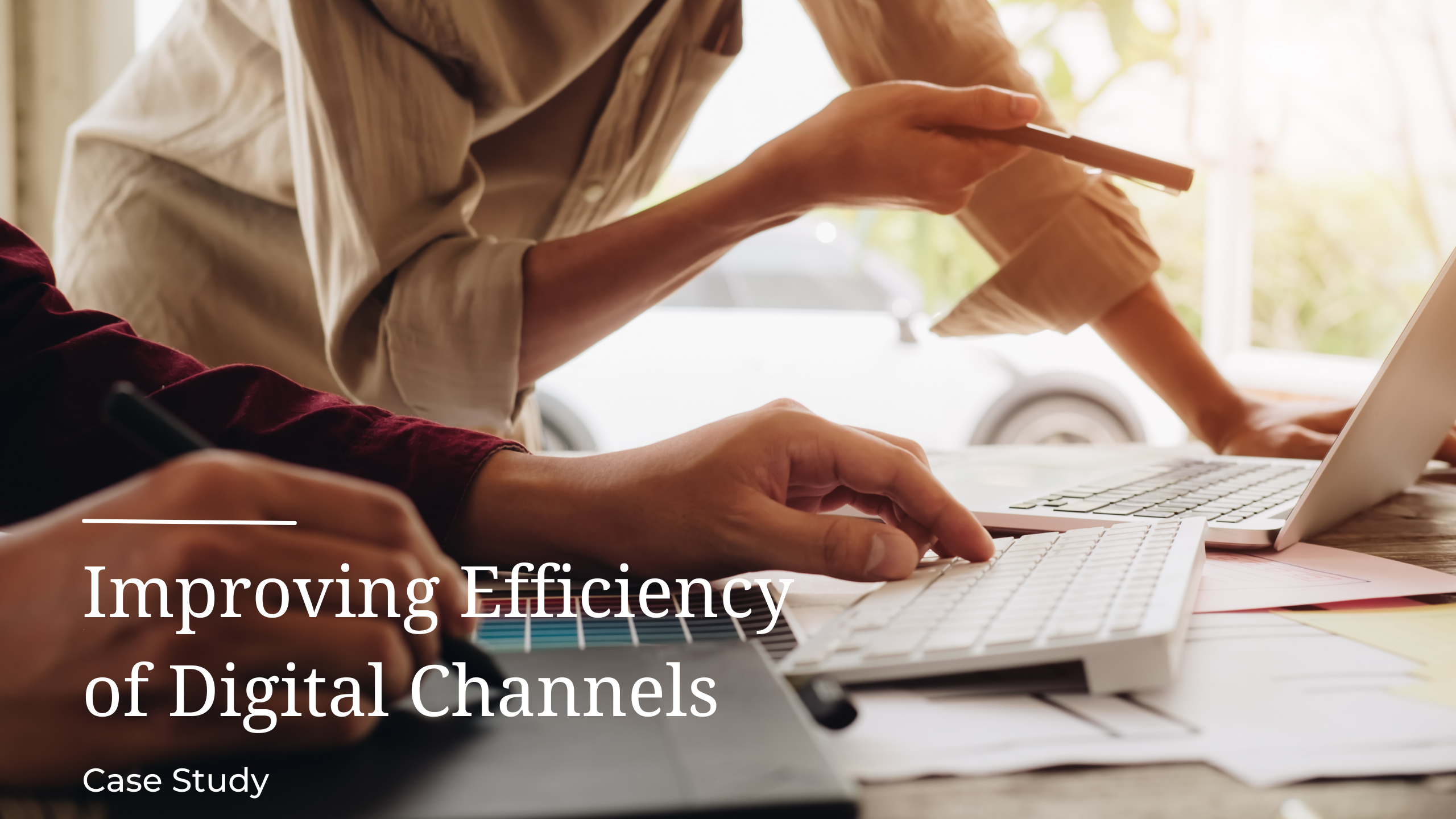Discover how our credit scoring solution streamlined the lending process of two of our clients in Kenya.
Our first client is a leading Microfinance Bank in Kenya regulated by the Central Bank of Kenya. The institution takes pride in being a unique microfinance bank and endeavors to reach the unbanked women in society. It allows them financial access, which they could not gain for long due to a lack of collateral. The bank also offers a range of tailor-made and affordable products, services, and personalized financial solutions to create positive social change.
The second client, on the other hand, is a full-service commercial bank providing an array of financial services to individuals and enterprises and has been a leading player in Kenya’s enterprise banking sector for the past 18 years.
Consequently, the banks have increasingly realized that their superior knowledge of internal data and business insights led them to develop better-performing scorecards. The banks have also learned that credit risk scorecards are not a commodity to be purchased from the lowest bidder—they are the institution’s core competence and knowledge product.
The Challenge
The Microfinance Bank
The bank was looking to automate its credit decisions and improve loan acceptance rates fully. Before the project, they relied on underwriters using data from an external credit bureau and an internal Excel scorecard, which required much time to score a single customer.
The Commercial Bank
The bank sought a dedicated solution to drive reliable results and reduce default risks. They needed a machine learning system to maximize the value of customer data and grow their client portfolio.
Joint Assessment of the Banks’ Need for A Credit Scoring Solution
Our keen assessment showed that the banks initially employed conventional credit scoring approaches that used a scorecard method in Excel with weighted factors such as:
- length of credit history
- payment history
- types of credit used
- debt burden, etc.
However, their approach was based on broad segments and denied the awarding of credit to consumers without considering their current situations or other extenuating factors. Additionally, the banks risked losing potential customers due to poor credit scoring, which led to some of their customers being denied loans.
These are some of the things that our team noted as the banks’ significant problems in developing and implementing scorecard projects.
Our Plan/Strategy
a. Project Team
To prevent such problems, our team turned the scorecard development process into a collaborative one between the IT, risk management (strategy and policy), modeling, validation, and operational staffs. This collaboration enabled us to create a better scorecard. It ensured that the solution was consistent with business direction, prevented surprises, and enabled education and knowledge transfer during development.
b. Our Objectives
We identified and prioritized the following objectives for the project:
- To provide the banks with a means to reduce debt/bankruptcy/claims/fraud.
- To increase loan approval rates.
- To increase profitability.
- To improve operational efficiency.
- To facilitate regulatory compliance. Models built for compliance with regulatory initiatives, such as the International Financial Reporting Standard (IFRS), may require adherence to specific standards.
- To encourage change in corporate decision-making from judgmental/manual lending to using credit scorecards.
c. Scorecard Development
We undertook a development process that was transparent and easy to diagnose and monitor.
- Data gathering. Included merging, matching, data quality, inclusion/ exclusion conditions, data set parameters, transformations/derivations, aggregations, and creation of the various data sets for the banks
- Development: Transformation/binning, model fitting, modeling parameters, out-of-sample validation, fit statistics, and scorecard.
- Validation: Included benchmarking, documentation review, interviews, and legal reviews.
- Model Deployment: UAT, coding to deploy into scoring engines, strategy development, and scoring.
- Reporting: Ongoing validation reports, discussion, and decisions.
The Solution
We employed a software architecture capable of digitizing, supporting, and solving all the banks’ challenges and successfully delivered digitization of services on time and within budget. Below are some of the success stories of the respective banks:
Solution #1
The microfinance bank saw an instant improvement in credit scoring accuracy, allowing it to issue 32% more loans at the same risk level.
The bank now issues more loans monthly because of faster risk assessment, which has translated to more customers seeking credit facilities and more revenue for the bank.
Solution #2
The clients now make informed risk assessment decisions, allowing their customers who would have otherwise been denied loans to be awarded while the high-risk customers are locked out.
Solution #3
The clients can now make faster and more informed decisions about the creditworthiness of loan applicants with greater accuracy. Rather than taking days to complete the loan approval process, the banks can now approve credit facilities within minutes and scale their business more quickly while enjoying lower operational costs.
Solution #4
Our solution also offered a wide range of capabilities to the clients, empowering their teams to make smarter, personalized decisions, streamline operations, and improve the customer experience. The highly agile and versatile Credit Scoring Solution uses state-of-the-art machine learning algorithms, which enables it to respond quickly to changes in the market.
Solution #5
At the commercial bank, our Scoring tool uses machine learning to analyze customer repayment data and automatically increase loan limits.
Ready to Take Your Credit Scoring to New Heights?
Contact us today to schedule a demo. We will discuss your requirements and start transforming your credit scoring. Book a meeting, get a quote, and onboard your team for future success!



